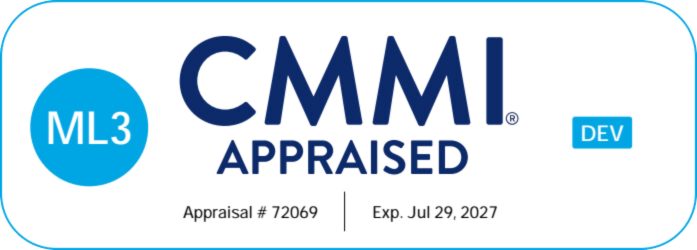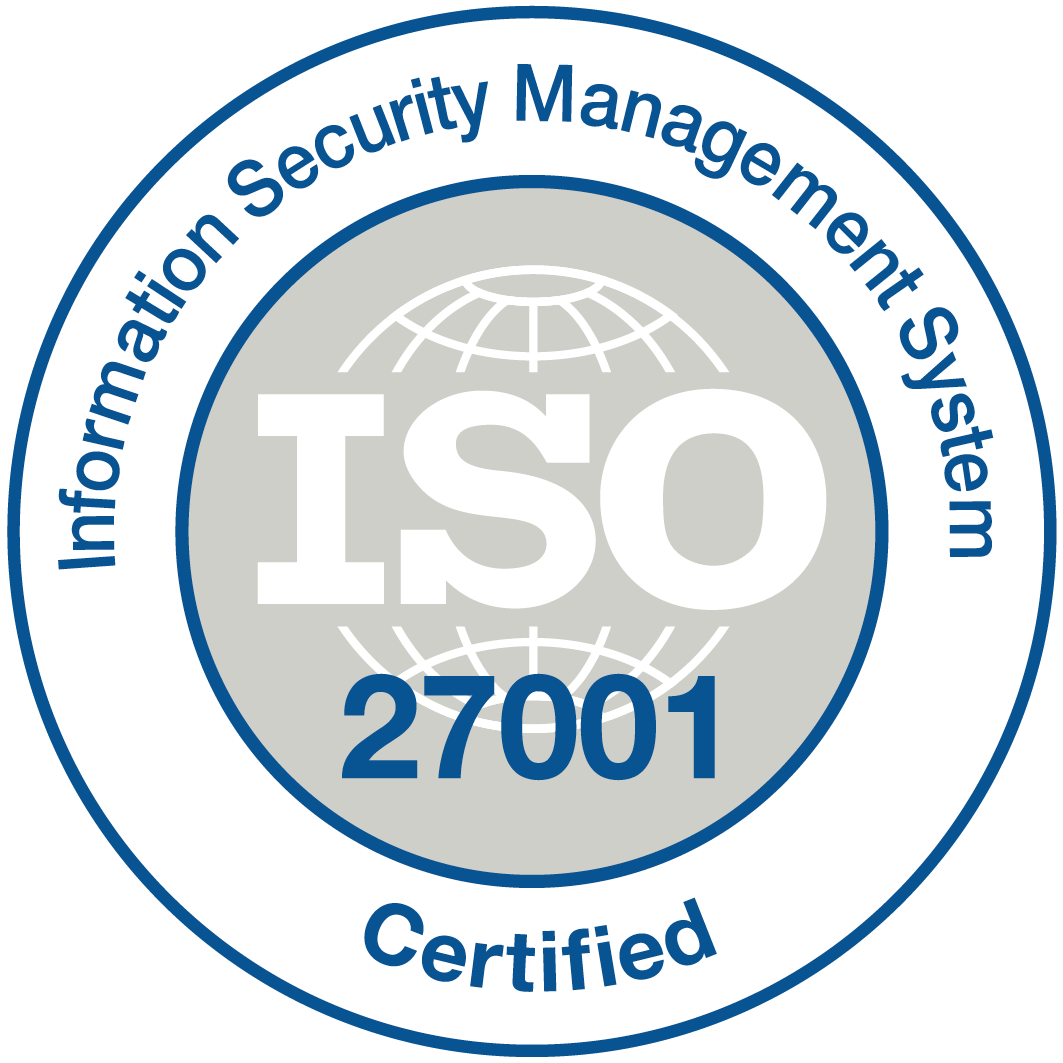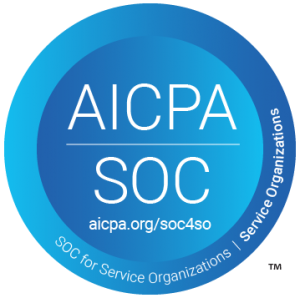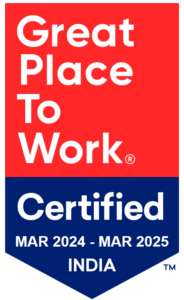
Processes and Pandemic: Transforming WFH in 2025
Reading Time: 7 minutesProcesses and pandemics don’t really go well together, right? We all know 2020 has disrupted workplaces but not in the way we wanted, but what if we tell you that you can turn things around the way you want? Especially get your business processes smoother than ever and accelerate growth? The last two years have

BPM vs RPA: Steps to Choosing the Perfect Solution by Unlocking 4 Key Differences
Reading Time: 6 minutesEveryone these days is talking about BPM Vs RPA. Vendors in these fields are pushing their products while the customers are confused about what they can and cannot expect from these offerings. Let’s clear the air once and for all. Digital transformation is a rather weary process for most businesses. The crippling pandemic has accelerated it
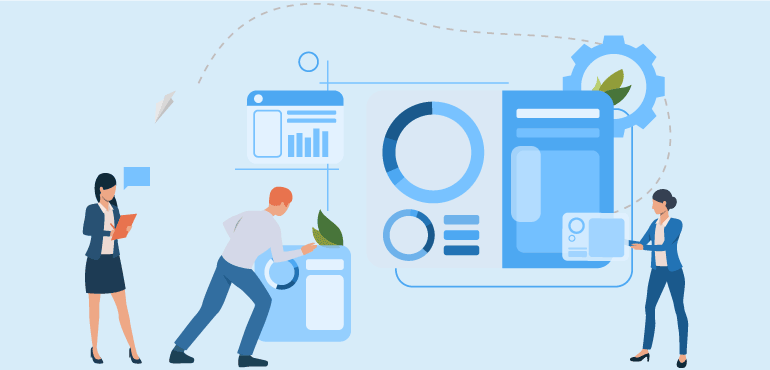
10 Step Ultimate Guide to Business Process Management (BPM) Implementation
Reading Time: 5 minutesDid you know that any working personnel averagely spend three hours of their day on insignificant tasks? The statistics are shocking. But we are fortunate to witness methods and solutions to reduce the wastage of time, energy, and monetary resources. Every organization today is working towards achieving the wider objective, it could be scaling up

Top Business Process Management Stats to Help You Add Efficiency in 2025
Reading Time: 4 minutesBusiness process management is an organized approach to enhance the efficiency of processes in an organization. BPM employs various methods to analyze and comprehend the current reality of business processes and helps in making better decisions for the future. In this blog, let us find out the top business process management stats. What is Business

Unlock 12 Key Benefits of Field Service Management (FSM) Software
Reading Time: 7 minutesMany managers find it challenging to manage field service, and using paper-based FSM to maximize workforce productivity is challenging for field managers. Businesses must have dedicated field service management software to manage their workforce, equipment, and other resources. In contrast to managing company property, field management involves the management of company resources employed at or

From Paper to Digital: 9 Simple Steps for a Successful Digital Procurement Strategy
Reading Time: 6 minutesWith the vast array of technology solutions available, it can be daunting to find out where to begin. However, with a solid digital procurement strategy in place, businesses can gain a competitive edge, streamline their operations, and achieve significant cost savings. As businesses continue to embrace digital transformation, procurement processes have become an integral part
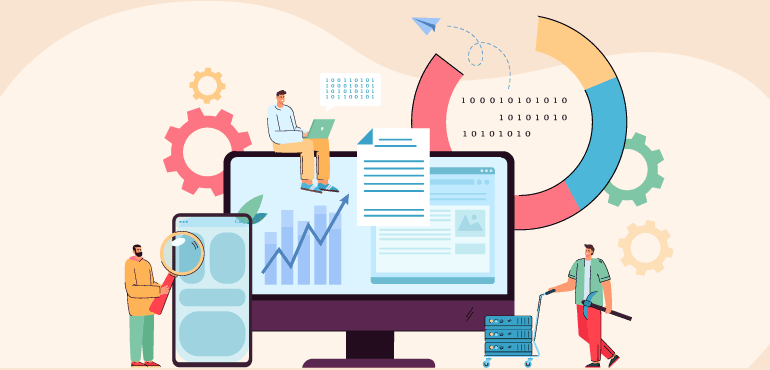
11 Simple Steps to Implement Field Service Management Software
Reading Time: 6 minutesAny business faces logistics challenges, but field service companies face even greater ones. Even the best-planned operations can fail due to changing circumstances and problems in the field. The process is further complicated by the need for consistent management. In today’s market, paper-based business operations are no longer viable. If you want to meet the

Transforming Operations: How Quixy Team uses Quixy to Enhance Efficiency
Reading Time: 7 minutesIn today’s fast-paced business world, every organization strives to be more efficient and productive, Quixy team is no exception, as Quixy team uses Quixy Apps to manage their day-to-day tasks and streamline their workflows. Also, with a constantly evolving set of tools, features, integrations, and automation capabilities, Quixy has become an essential tool for businesses of all
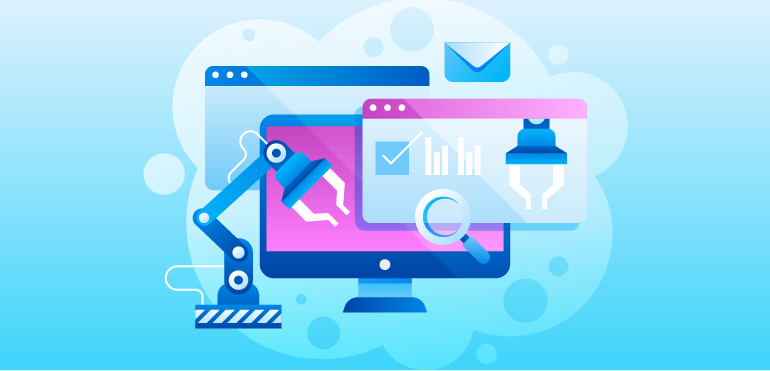
Automation Glossary: Master the A to Z of Automation
Reading Time: 7 minutesLike terminologies such as Artificial Intelligence (AI) and Machine Learning (ML) a few years ago, new terms like Business Process Automation (BPA) and Robotic Process Automation (RPA) have started to appear often in the IT and corporate technology debate. Organizations worldwide are simultaneously understanding the advantages of automation and working to incorporate it into their

No-Code in Education Space: Advancing the Automation Reform
Reading Time: 5 minutesEducation is sometimes perceived as a sector which is resistant to change, while at the same time, it faces a crisis of productivity and efficiency. Innovation and automation reform could help improvise education standards and strengthen the foundation of a civilized and developed society. The advent of no-code in education can help build the leaders






